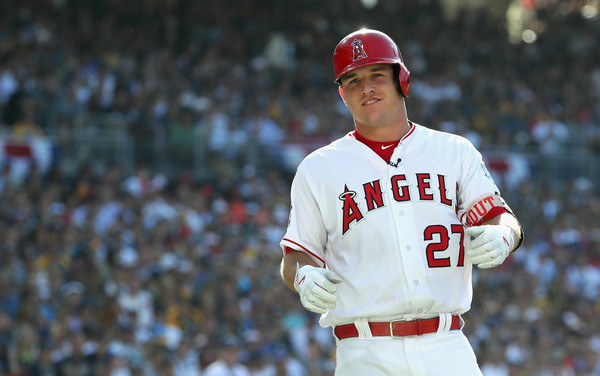
Over the weekend Emily Waldon and Ken Rosenthal (subs. req’d) reported the Blue Jays are planning to give their minor leaguers a substantial raise this season, with John Lott (subs. req’d) saying the individual raises will fall between 40% and 56% depending on the player’s level. For what it’s worth, Jeff Passan hears MLB is open to sweeping quality of life improvements in the minors.
“It puts us right now up at the top of the scale in the industry,” said Blue Jays president of baseball operations Ben Cherington. “… We hope that it allows our players to have the freedom and comfort to make some good choices, whether it’s where to live, where to eat, etc. We just feel like it’s consistent with our values of trying to be a player-centered organization and give them every resource possible to be at their best.”
Last year MLB successfully lobbied Congress to pass the shamefully named “Save America’s Pastime Act,” which allows them to continue paying minor leaguers below minimum wage. MLB argues minor leaguers are seasonal employees (similar to extra cashiers around the holidays) and that it would be impossible to track hours. These are the minor league minimum salaries, via Waldon (subs. req’d):
- Triple-A: $2,150 per month
- Double-A: $1,700 per month
- Single-A: $1,160 to $1,500 per month
Players do not get paid in Spring Training — Ted Berg recently wrote a great article on minor league catchers, who have huge spring workloads and don’t get paid — and they only get $25 or so per diem on the road during the season. A few years ago Ben Badler found that 40% of minor leaguers received no more than $10,000 as their amateur signing bonus. That’s a lot of minor leaguers barely making ends meet during the season.
Minor leaguers are exploited, clearly. Have been for a long time. They are not playing a game for a living. They are skilled workers in an industry that rakes in over $10 billion in annual revenues. Minor leaguers are appallingly underpaid. The MLBPA is no help either. They’ve sold minor leaguers out (i.e. draft and international bonus pools) because their priority is their union members.
The hope is other teams will follow the Blue Jays’ lead and increase their minor league pay. Hopefully Passan’s report means sweeping action is forthcoming. We’ll find out soon enough. Anyway, as the headline says, I think the Yankees should raise minor league salaries like Toronto and, honestly, it’s a shame they didn’t give out those raises first. Shouldn’t the game’s most iconic franchise be an industry leader in this regard?
I fully acknowledge I have no idea what the Yankees pay their minor leaguers. They pay upper level minor league free agents well. I know that much. I feel like, if they were at the top of the pay scale for lower level non-40-man roster guys, we’d have found out by now. The Yankees’ minor league facilities are very good — the minor league complex in Tampa was renovated recently and is state of the art — and that is an obvious plus. At the ballpark, they give their players the tools to develop and succeed.
Still, there’s no substitute for putting more money in someone’s pocket. More pay not only means better living arrangements and better meals (two things that could have a direct impact on a player’s development), it also makes you a more attractive destination for free agents and could help you retain players. The benefits are potentially enormous. This would be an investment in the players and in the future of the organization.
For now, the Blue Jays are doing a good thing and giving poorly paid minor leaguers a raise. With any luck, the rest of baseball will following along and minor leaguers can collectively get above the poverty line. The Yankees have great minor league facilities and they pay upper level minor league free agents well. Those guys, as well as big bonus signees, only represent a small percentage of players in the minors. Paying minor leaguers better helps everyone.







